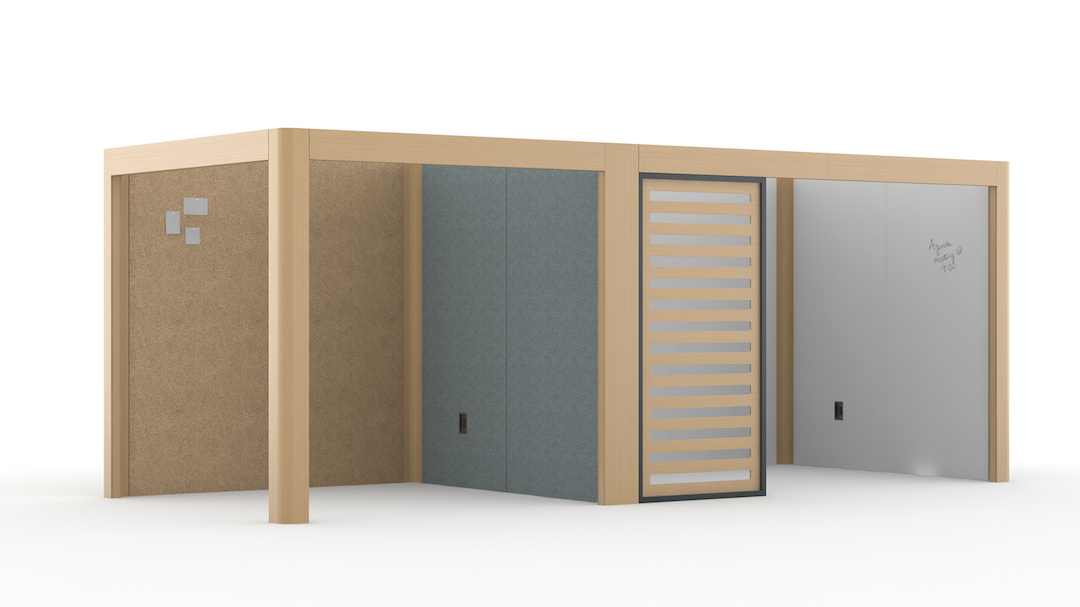Each year, the design world convenes at NeoCon in Chicago as more than 500 exhibiting companies unveil thousands of the industry’s most cutting edge, beautiful, and innovative products. I had a chance to attend the 2019 event, which took place June 10-12. Here are my nine favorite new products from NeoCon.
1. Watson Furniture Group – Cloud 9
This agile and mobile workstation is perfect for hot desk environments. Stations can be turned, rotated, rolled, and angled, connecting to countless configurations. Ideal for space saving while still providing plenty of usable and effective storage. This piece will function efficiently in a variety of office environments.
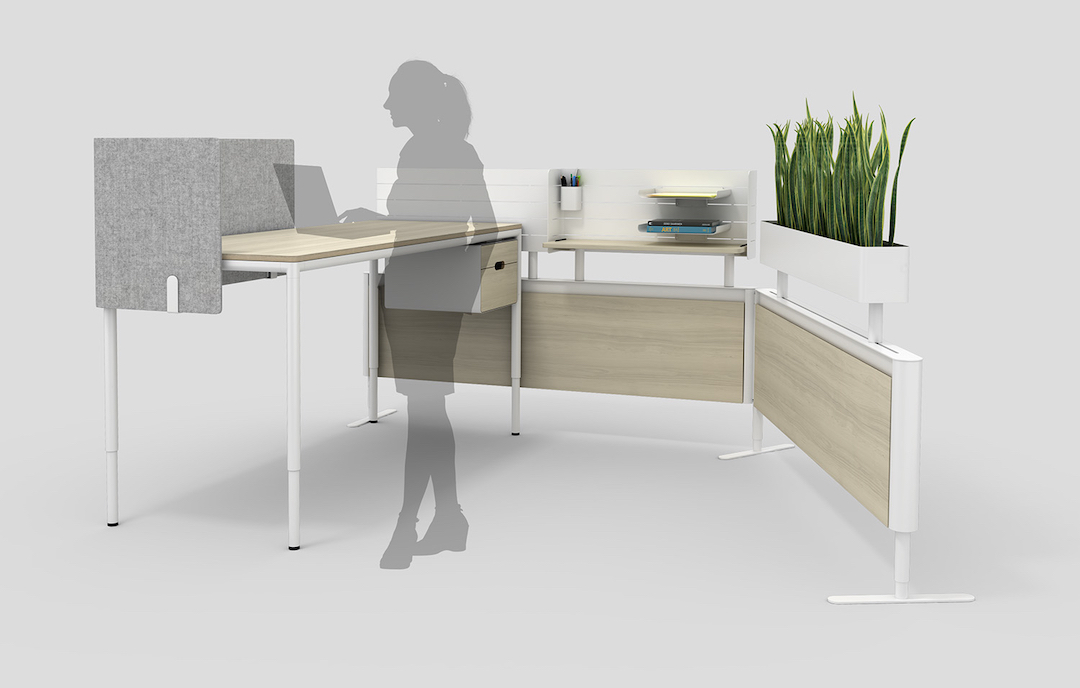

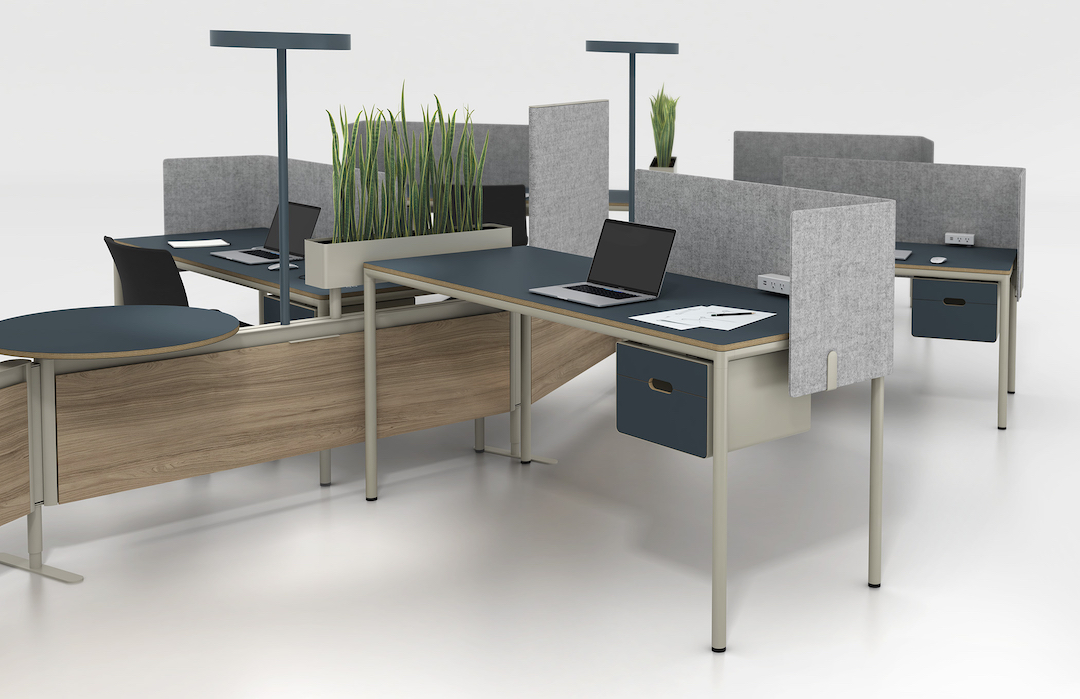
2. Andreu World – Conference Tables: Reverse Wood & Status
These tables bring a high-end design at an affordable price. One is solid ash and the other you can mix and match with a variety of tops, heights, and power configurations.
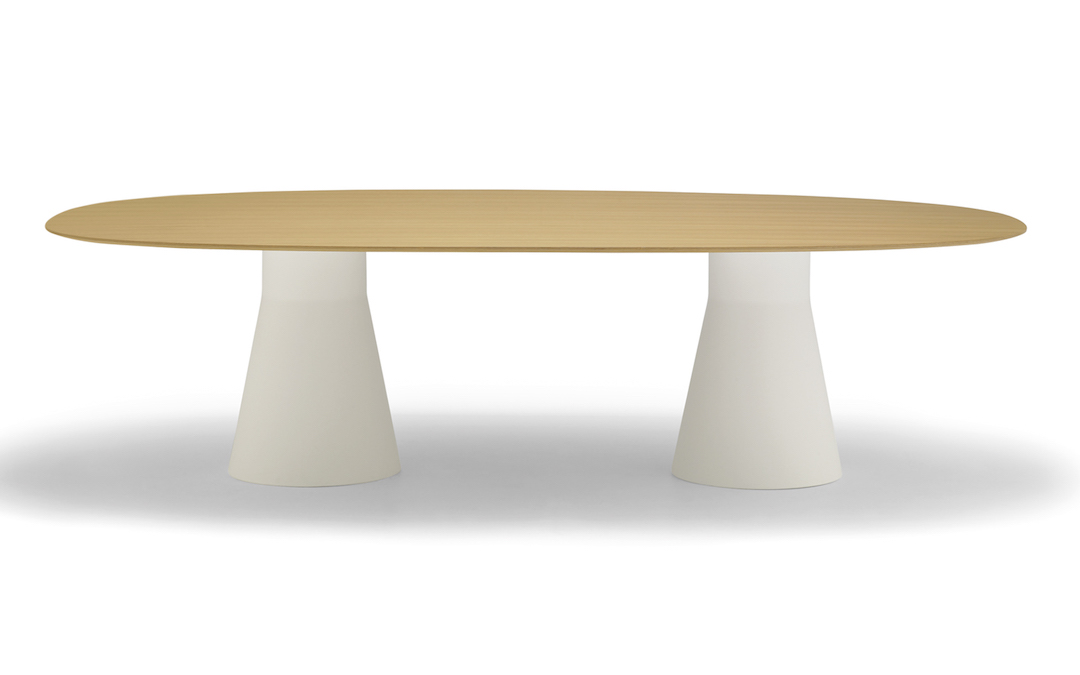
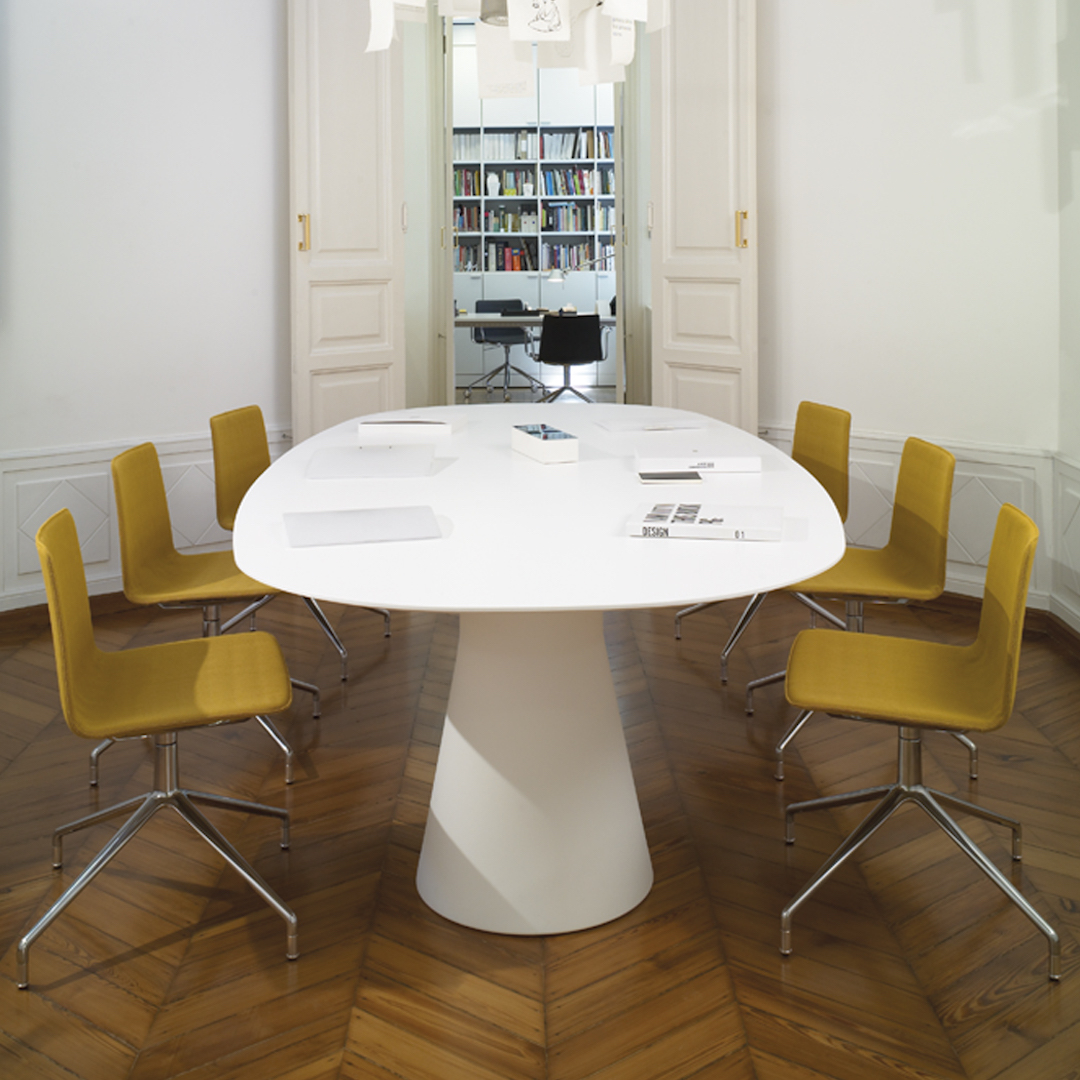
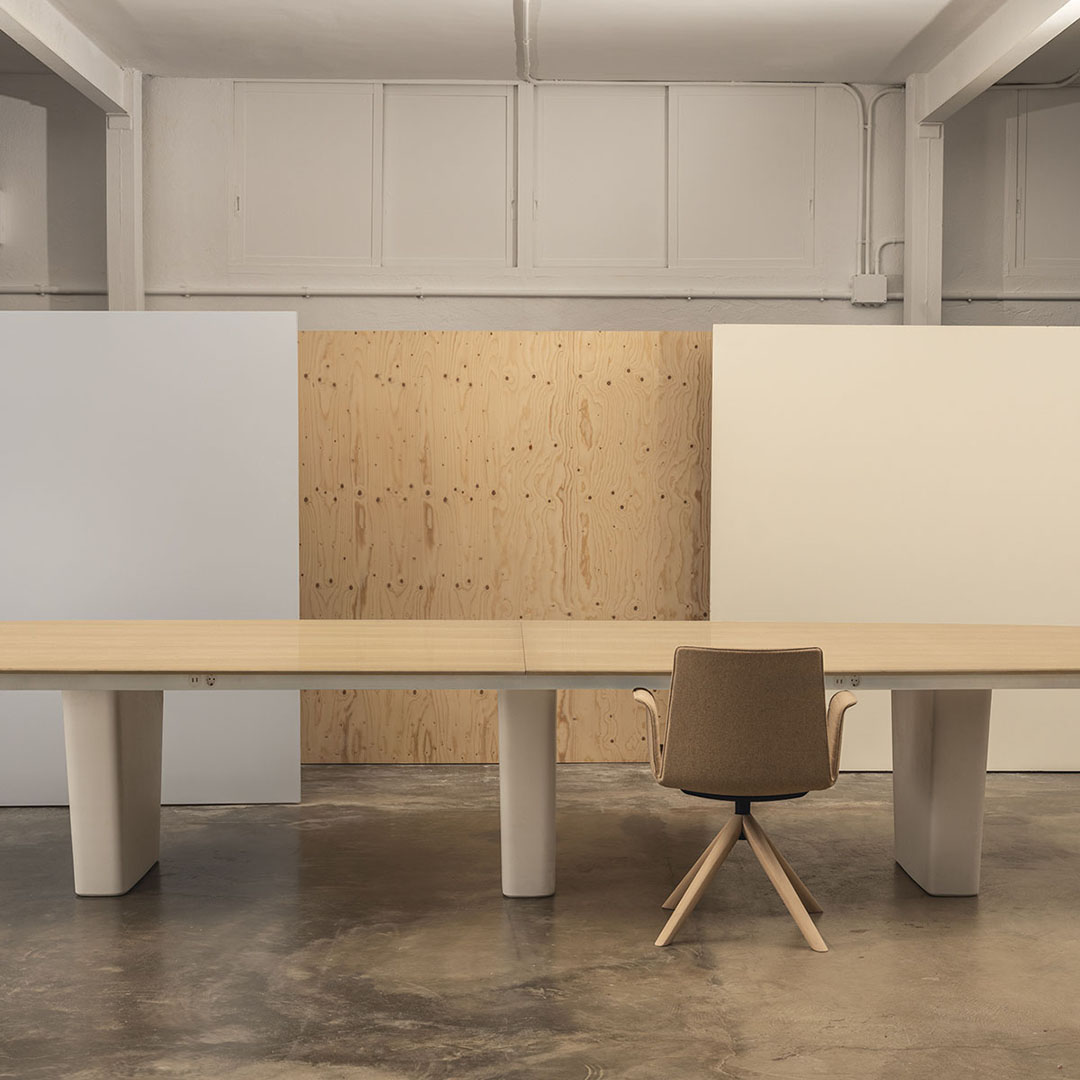
3. Clarus Glassboards – Flex Wall
These room dividers have a simple, elegant shape and add dimension to any space, as the glass follows a concave bowing to reach the floor. They are also highly functional with a hidden piece in the base that allows users to pick them up and easily roll them without having an exposed mobile base.
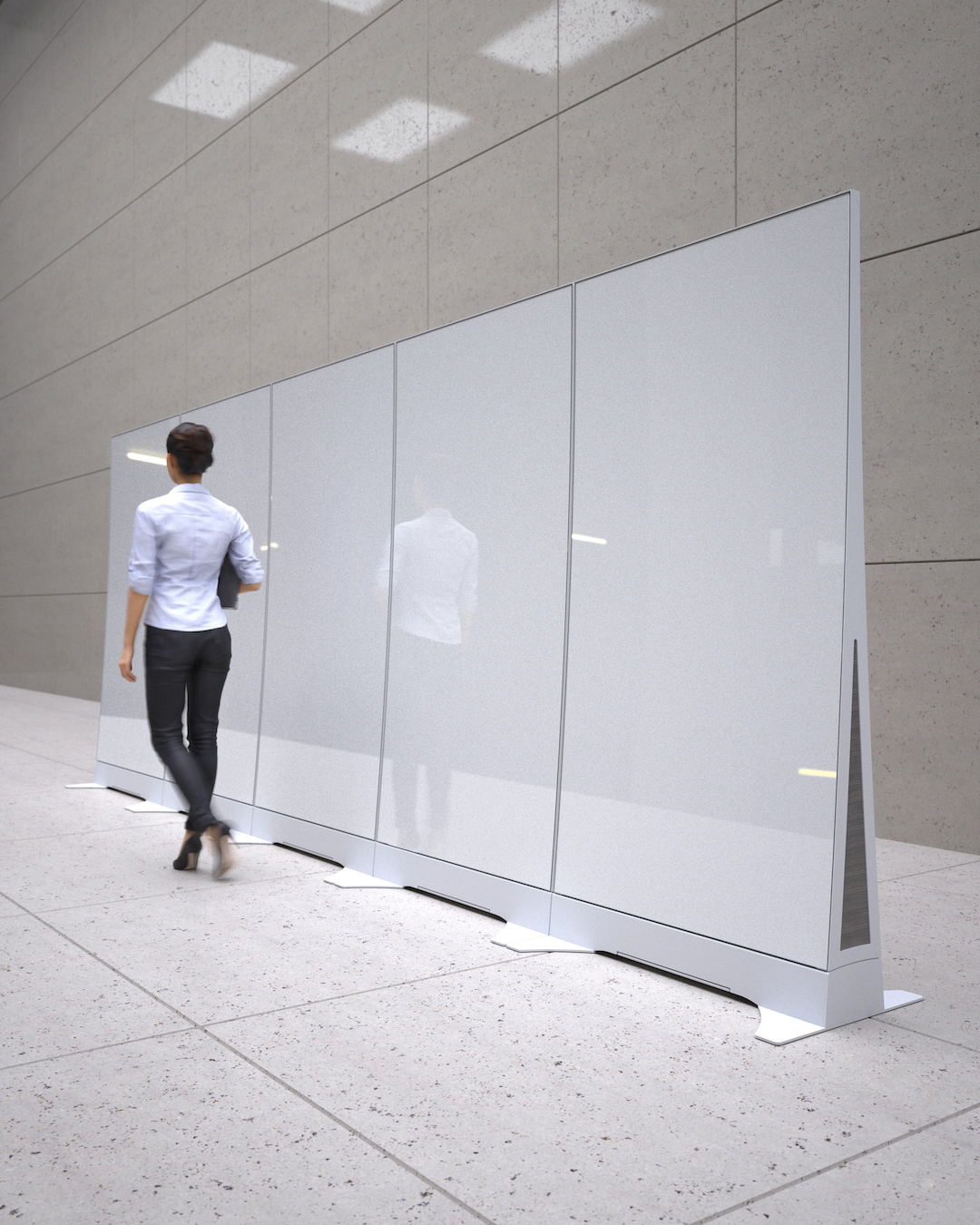
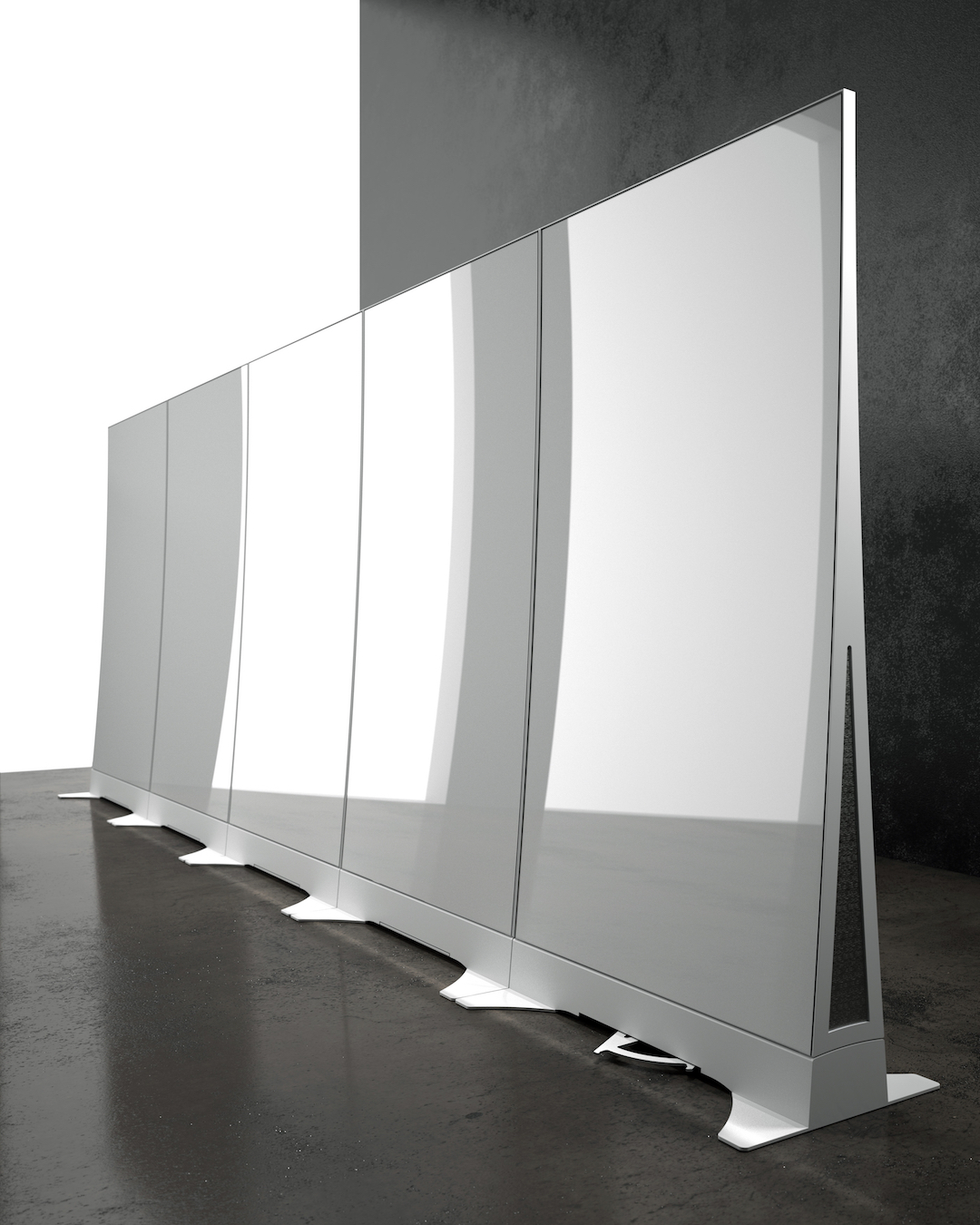
4. CF Stinson – designMix
CF Stinson came to play this NeoCon, including showcasing their new online tool, designMix. This free tool for designers is simple, easy to use, and provides excellent assistance when choosing color and fabric pallets.
5. Haworth – Digital Knitting
Haworth digital knitting for furniture is an innovative way to produce textiles. It allows for designers to completely customize each piece, all with zero material waste.
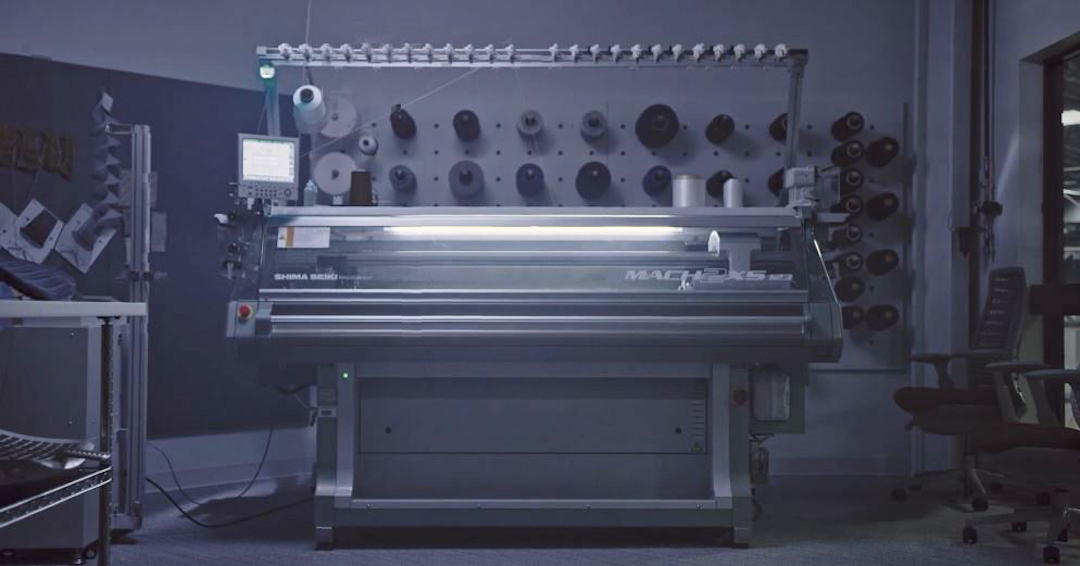
6. HBF – Lost & Found Fabrics
These fabrics look handmade but are extremely durable. Commercial textiles are expected to last longer, wear better, and be higher quality than ever before. Lost & Found is a creative option.
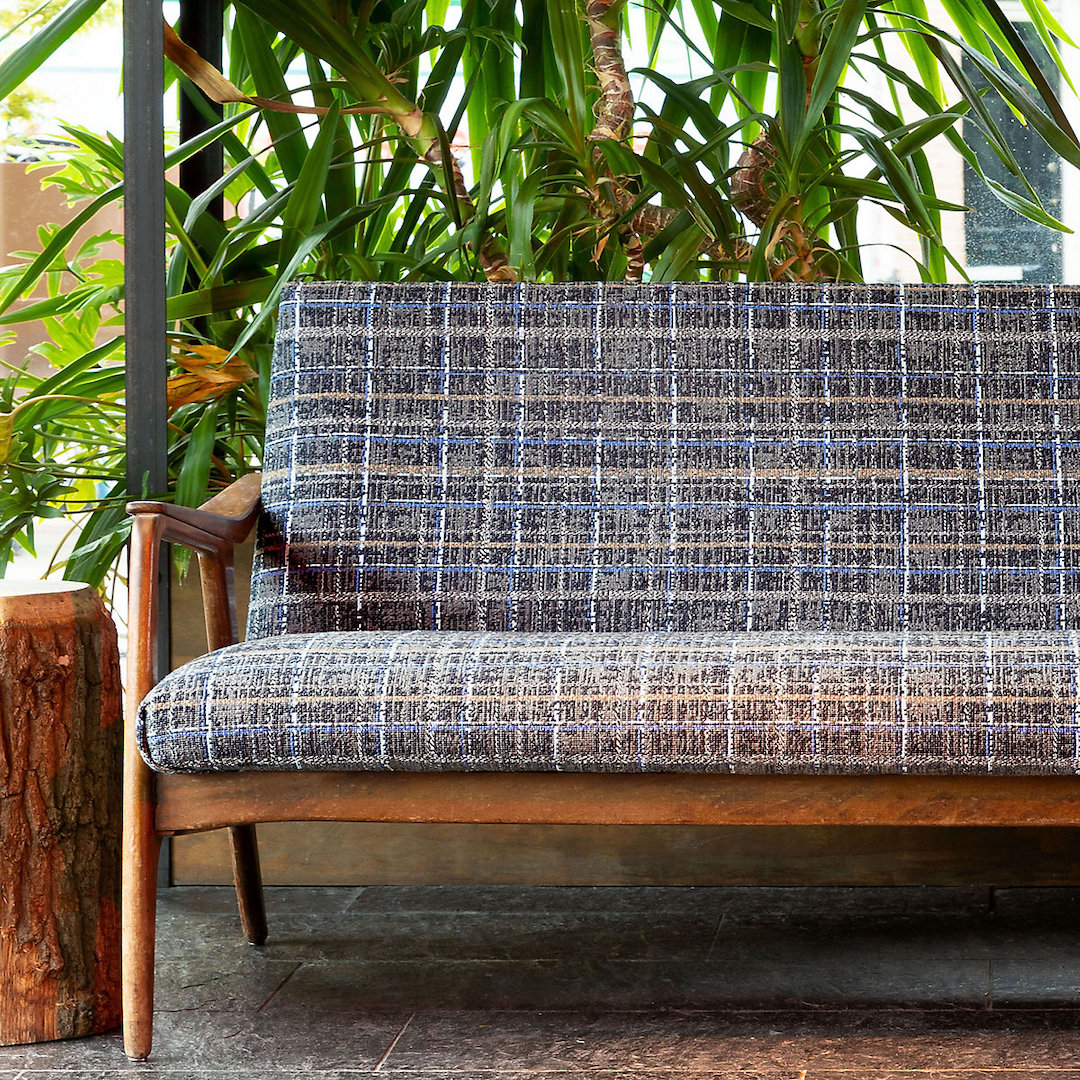
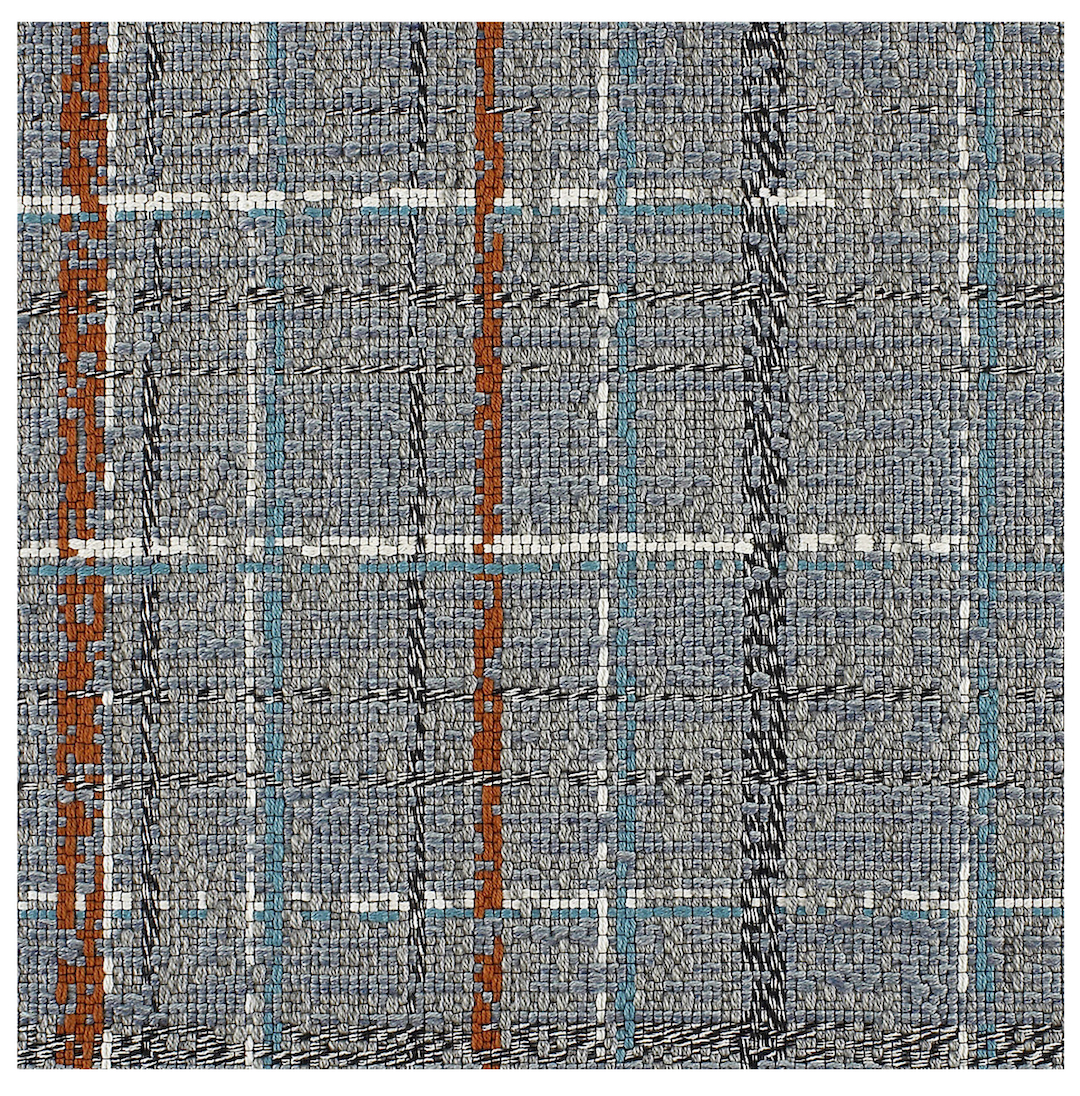
7. OFS – Obeya Room Division System
Rich wood tones in this room division system are unique, warming up an office space and making it feel more like home. Not to mention, the configurations and accessories are seemingly endless: cork board, slatted wood walls, counters, dry erase surfaces, curtains, frosted glass; you can practically build an office from it.
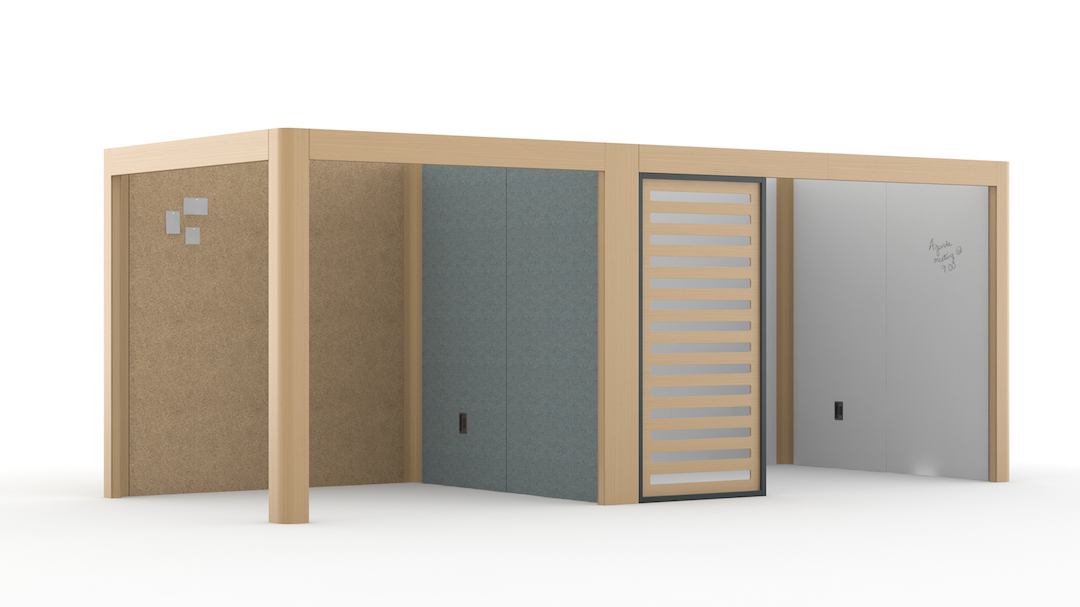
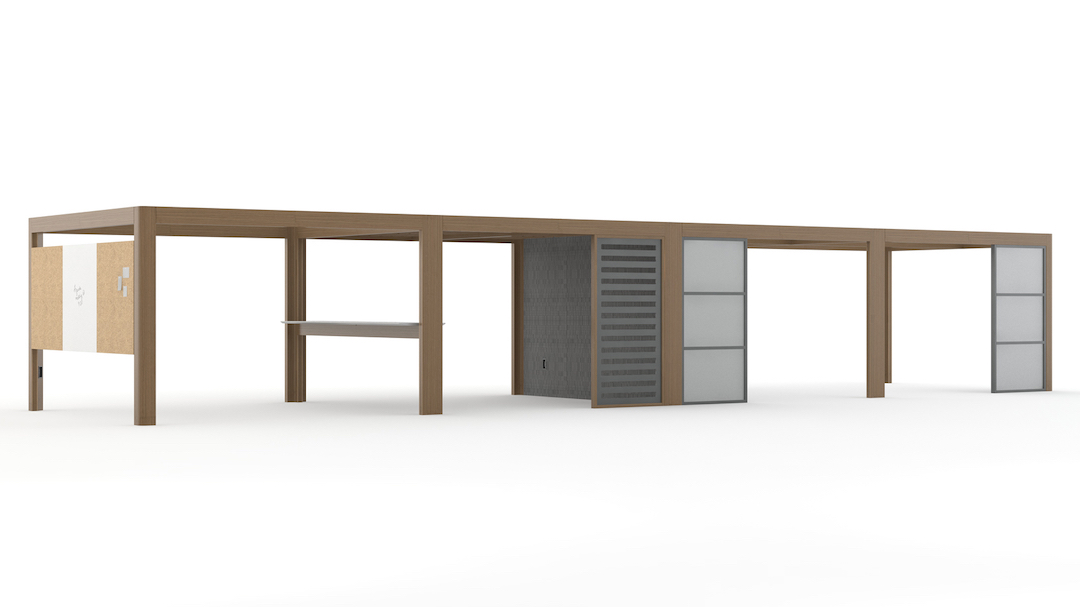
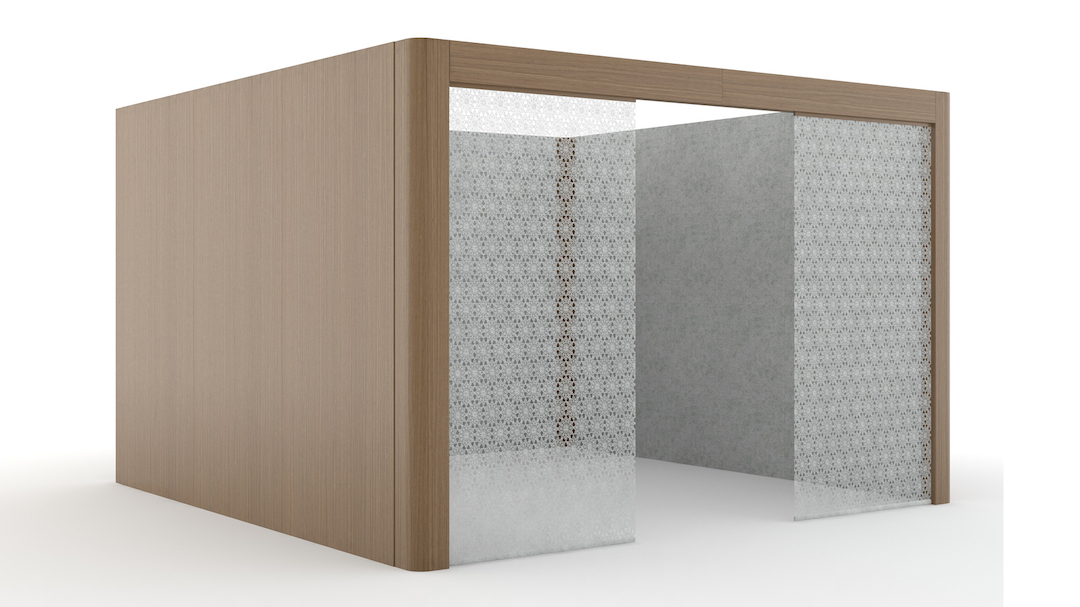
8. Steelcase - Flex Collection
If you have highly mobile and collaborative teams, Steelcase Flex Collection is a great option. Specifically designed for spontaneity, you can stay in the space and reconfigure the system to suit any office task, adapting on demand. When you’re done, convenient storage carts allow you to pack up and roll away, saving space and helping to maintain multifunction rooms.
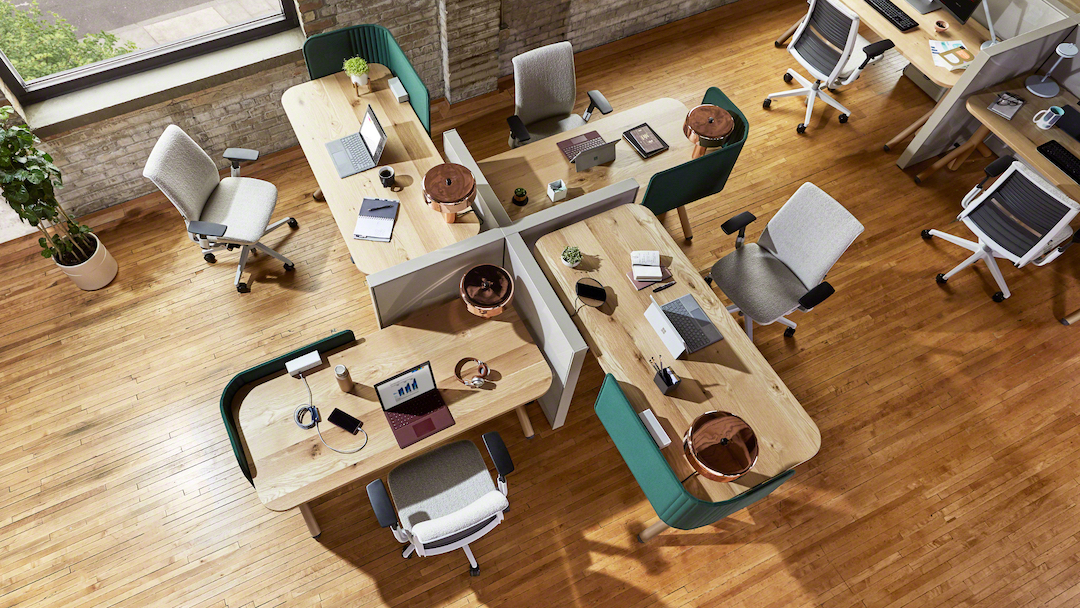
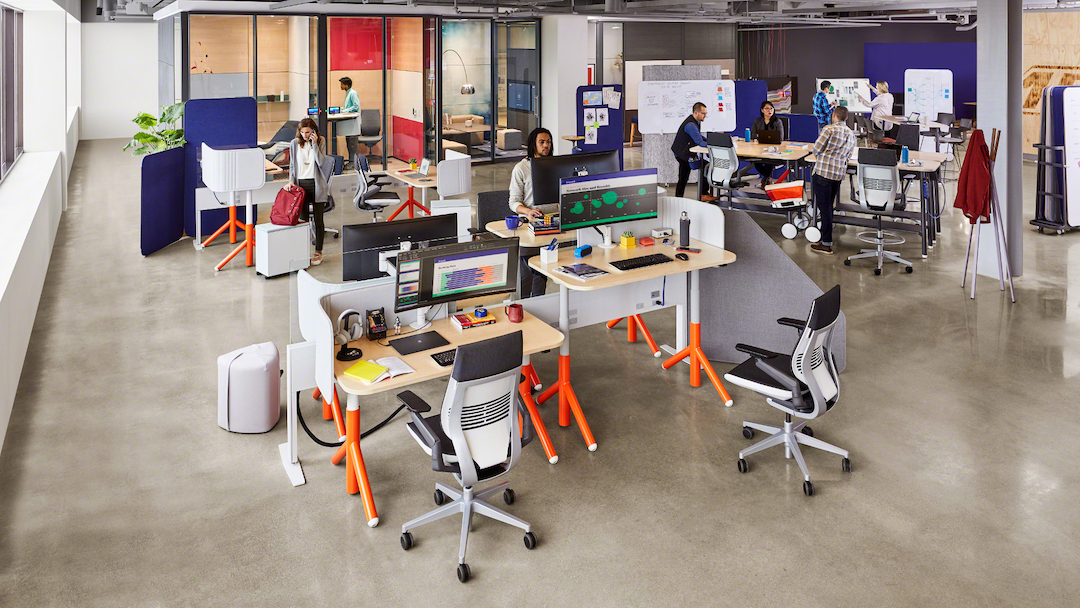
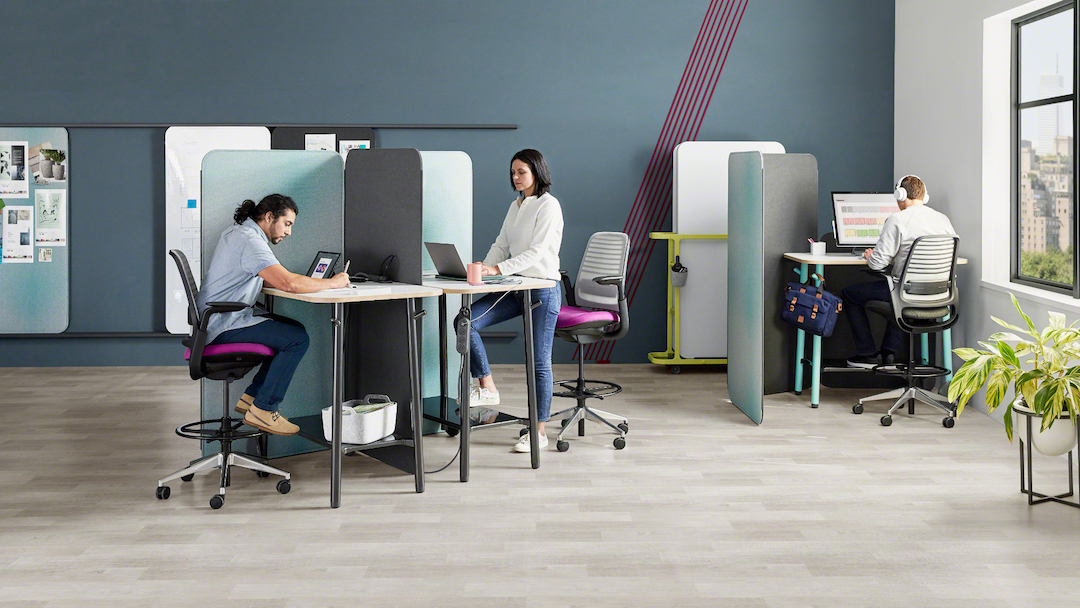
9. Milliken – Change Agent Carpet
This modular carpet collection has two options: Brushed Metal or Magnetic Field. Brushed Metal features unidirectional movement in gradient alternating tones, while Magnetic Field features multi-directional movement with coarse accents. These carpets offer high-performance without sacrificing luxury design.
ABOUT THE AUTHOR
Mary Bartlett, AIA, RID, LEED AP, is a Partner and interior architecture leader with Marmon Mok Architecture
Related Stories
Sponsored | | Oct 13, 2014
Think you can recognize a metal building from the outside?
It’s getting more and more difficult to spot a metal building these days. What looks like brick, stucco or wood on the outside could actually be a metal building in disguise. SPONSORED CONTENT
Sponsored | | Oct 13, 2014
Liberty Utilities protects installers with Viega MegaPress
Liberty Utilities of New Hampshire wanted a way to keep its installers safe without compromising the quality of their installations, which is why the utility provider decided to start installing Viega MegaPress. SPONSORED CONTENT
| Oct 13, 2014
Department of Agriculture launches Tall Wood Building Competition
The competition invites U.S. developers, institutions, organizations, and design teams willing to undertake an alternative solution approach to designing and building taller wood structures to submit entries for a prize of $2 million.
| Oct 12, 2014
AIA 2030 commitment: Five years on, are we any closer to net-zero?
This year marks the fifth anniversary of the American Institute of Architects’ effort to have architecture firms voluntarily pledge net-zero energy design for all their buildings by 2030.
| Oct 10, 2014
A new memorial by Zaha Hadid in Cambodia departs from the expected
The project sees a departure from Hadid’s well-known use of concrete, fiberglass, and resin. Instead, the primary material will be timber, curved and symmetrical like the Angkor Wat and other Cambodian landmarks.
| Oct 9, 2014
Regulations, demand will accelerate revenue from zero energy buildings, according to study
A new study by Navigant Research projects that public- and private-sector efforts to lower the carbon footprint of new and renovated commercial and residential structures will boost the annual revenue generated by commercial and residential zero energy buildings over the next 20 years by 122.5%, to $1.4 trillion.
| Oct 9, 2014
More recession-postponed design projects are being resurrected, says AIA
About three quarters of the estimated 700 firms that serve as panelists on AIA’s Architectural Billings Index (ABI) had delayed or canceled major design projects in response to recessionary pressures. Nearly one-third of those firms now say they have since restarted stalled projects.
| Oct 9, 2014
Steven Holl's 'intersecting spheres' scheme for Taipei necropolis gets green light
The schematic design has been approved for the 50 000-sm Arrival Hall and Oceanic Pavilion for the Taiwan ChinPaoSan Necropolis.
| Oct 9, 2014
Beyond the bench: Meet the modern laboratory facility
Like office workers escaping from the perceived confines of cubicles, today’s scientists have been freed from the trappings of the typical lab bench, writes Perkins+Will's Bill Harris.
| Oct 8, 2014
New tools for community feedback and action
Too often, members of a community are put into a reactive position, asked for their input only when a major project is proposed. But examples of proactive civic engagement are beginning to emerge, write James Miner and Jessie Bauters.


